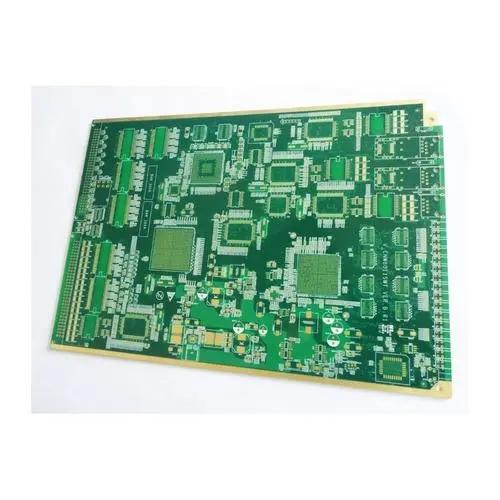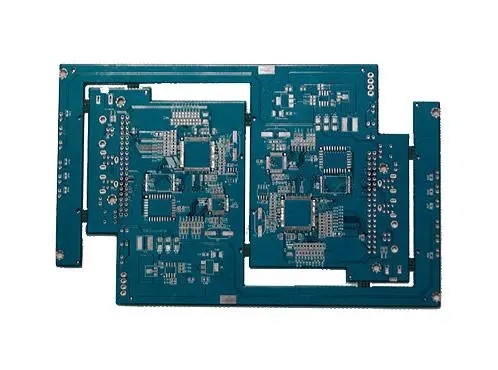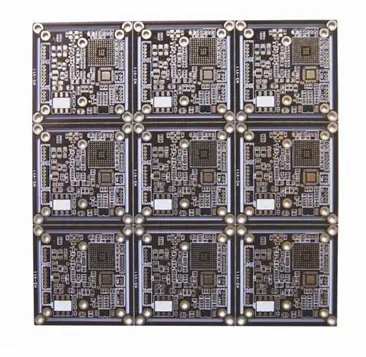
How to Prevent Solder Resistance Falling off of High Frequency Circuit Board
The circuit board manufacturer, circuit board designer and PCBA manufacturer explain how to prevent high-frequency circuit board solder resistance falling off
We usually see green films on the surface of double-layer high-frequency circuit boards. In fact, this is a double-layer high-frequency PCB solder resist ink. It is printed on the double-layer high-frequency circuit board to prevent welding, so it is also called solder resist ink. However, during the processing of high-frequency circuit boards, you will encounter such problems from time to time. One of the most common problems is that the solder green oil of double-layer high-frequency circuit boards falls off. Then, what causes the ink on the high-frequency circuit board/Rogers circuit board to fall off and how to prevent this situation, and how to prevent solder mask from falling off? The following sections will introduce in detail.
Prevent solder flux from dropping
Maintain the pretreatment machine regularly, and check whether the pretreatment brush roller and absorbent sponge are worn;
2. During the production of high-frequency circuit board/Rogers circuit board, when stirring the solder mask, the staff must add oil and water to the ground according to the proportion specified in the process specification, which shall be reviewed and supervised by the foreman;

3. Before baking the solder mask, please confirm the set temperature and time of the baking board, and then bake after the parameters are set. The foreman shall be responsible for recording the integrity of the parameters and QA shall check them;
4. When the high-frequency circuit board/Rogers circuit board is pretreated, solder mask treatment is required to confirm whether the production parameters (speed, drying section temperature) of the pretreatment are consistent with the process requirements, and the production is conducted before the parameters are adjusted to 0K;
5. When the solder mask process enters the ground for solder mask printing, the solder mask thickness gauge must be used to measure the first plate and adjust the machine according to its thickness. After meeting the requirements of the ERP instruction, the thickness of the anti welding layer can be produced;
6. For circuit boards that have been pretreated in the standard solder mask process, solder mask printing must be completed within 2 hours, while high-frequency circuit boards that have not been printed for more than 2 hours must be reprocessed before printing. (The time of high-frequency circuit boards that have been pretreated shall be recorded by the soldering process).
High frequency circuit board/Rogers circuit board solder mask ink is too thin. After gold deposition, the solder mask will fall off due to the corrosiveness of the gold deposition solution to solder mask;
2. After printing the solder mask, the baking time and temperature are insufficient, resulting in the solder mask can not be completely cured. After the high temperature impact of the client, the solder mask will bubble;
3. Add too much boiled oil and water when stirring the solder mask. When tin is sprayed or passed through the furnace, the ink between vias will evaporate and expand, causing the solder mask to fall and bubble;
4. After the solder mask is pretreated, if it is placed in the solder mask room for too long, it will lead to single point oxidation on the copper surface, resulting in poor adhesion between the solder mask and the double-layer circuit board surface, and solder mask blistering after baking;
5. The effect of resistance welding pretreatment on high-frequency circuit board is not good. The copper surface has a single point of oxidation, resulting in poor adhesion between the resistance welding and the board surface. After baking, resistance welding blisters appear (the dryness of high-frequency circuit board/Rogers circuit board is not enough, resulting in moisture in the via hole, resulting in oxidation of the copper surface at the edge of the orifice, resulting in poor adhesion between the resistance welding and the copper surface. After baking or when passing the furnace, resistance welding blisters appear). The circuit board manufacturer, circuit board designer and PCBA processor explain how to prevent high-frequency circuit board solder resistance falling off.







